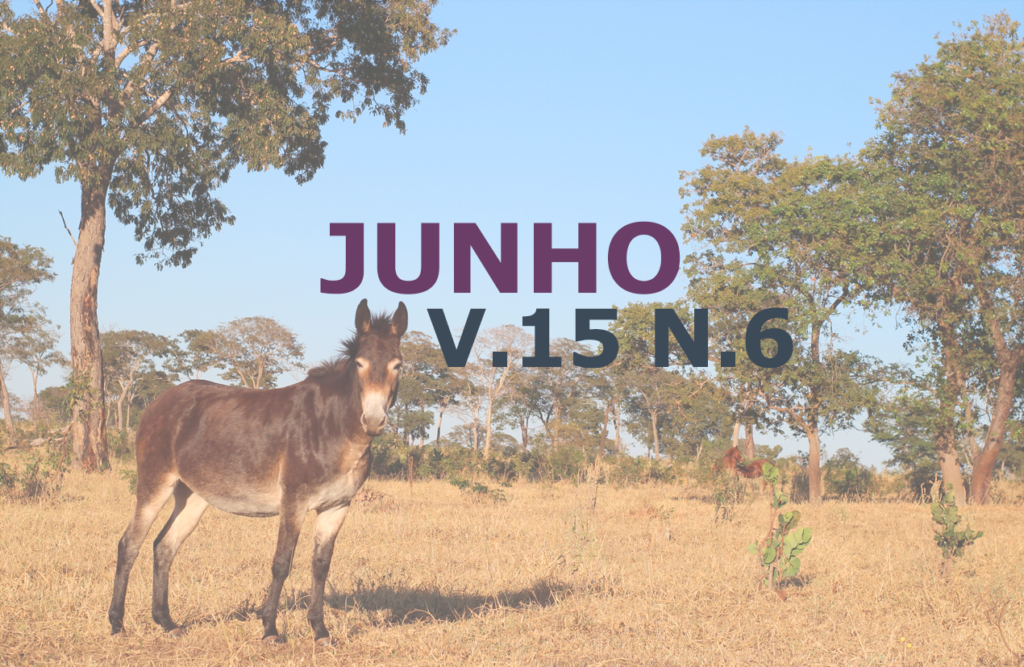Epidemiological profile of the COVID-19 pandemic and characteristics of it’s etiological agent: Review
DOI:
https://doi.org/10.31533/pubvet.v15n03a845.1-11Keywords:
Coronavirus, covid-19, emerging, pandemic sars-cov-2Abstract
In 2019, China, there was a pneumonia outbreak of unknown etiology. Due to this, the chinese government conducted na epidemiological investigation in order to identify the causing agent, that came to be named SARS-CoV-2, a new type of coronavirus, originator of the COVID-19 disease. The coronaviruses are part of a big viral family, named after the viral spike, that resemble a crown. They belong to the Nidovirales order, Coronaviridae family and Orthocoronavirinae subfamily, they are also RNA viruses and thus being more predisposed to suffer mutations and possess high transmissibility rates, and infections being able to cause everything from a mild flu to serious syndromes. Studies have shown a 96% similarity between SARS-CoV-2 and BAT-CoV, a coronavirus found in bats. COVID-19 stood out in public health, due to the high number of cases in a short time, eventually leading to a pandemic. In China, on the first 30 days, 11821 cases were confirmed, with 259 deaths, and soon after this it was found that the virus had not just spread in China, but in other countries too. The treatment is symptomatic, and preventive measures advocate for non-drug control, like isolation, social distancing, hygiene and wearing masks. This review has the goal to compile relevant information about the etiological agent and the disease’s epidemiological profile.
Downloads
Published
Issue
Section
License
Copyright (c) 2021 Amanda Barreto Nogueira, Camila Vasconcelos de Sousa Silva, Larissa Melo da Silva, Marcos Roberto Barros Freitas, Fabiana Batalha Knackfuss

This work is licensed under a Creative Commons Attribution 4.0 International License.
Você tem o direito de:
Compartilhar — copiar e redistribuir o material em qualquer suporte ou formato
Adaptar — remixar, transformar, e criar a partir do material para qualquer fim, mesmo que comercial.
O licenciante não pode revogar estes direitos desde que você respeite os termos da licença. De acordo com os termos seguintes:
Atribuição
— Você deve dar o crédito apropriado, prover um link para a licença e indicar se mudanças foram feitas. Você deve fazê-lo em qualquer circunstância razoável, mas de nenhuma maneira que sugira que o licenciante apoia você ou o seu uso. Sem restrições adicionais
— Você não pode aplicar termos jurídicos ou medidas de caráter tecnológico que restrinjam legalmente outros de fazerem algo que a licença permita.





